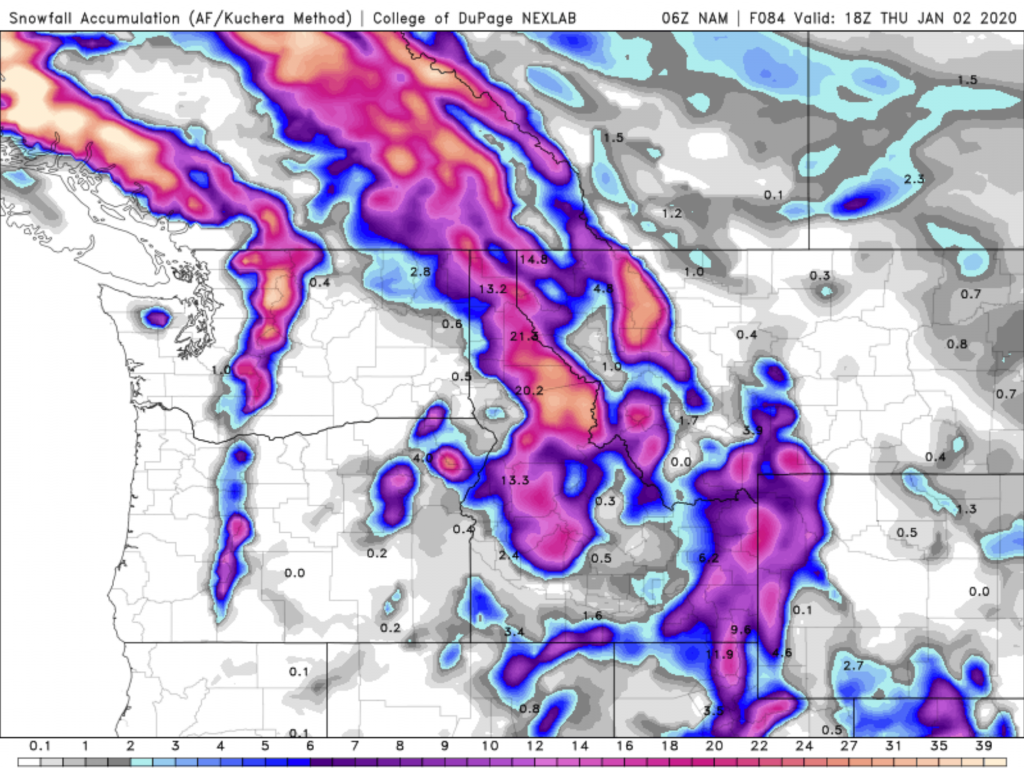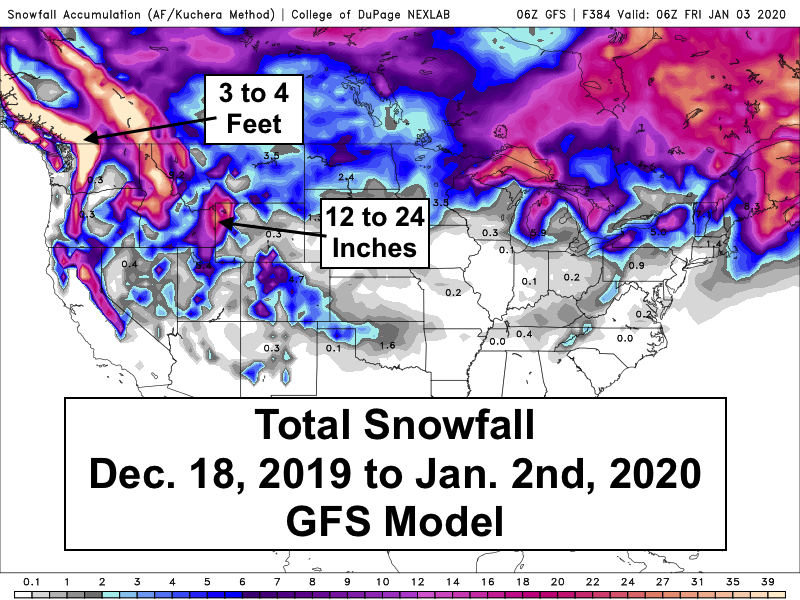If you lived in Jackson for the last 12 months or so and I were to ask you to name three things you remember about the weather in 2019, the top three answers likely would be: 1) February was really snowy. 2) Summer was too short. 3) October was really cold.
Correct on all counts. But what you really wouldn’t know, without running all the numbers, was that 2019 was the coldest year ever recorded in Jackson, WY.
I could hardly believe it myself when I first sat down to compile the weather stats from 2019. I ran the numbers three times, I went back and dove deeper into Jackson’s weather records. I checked, double-checked and triple-checked, but there it was, 2019 ended up the undisputed champion, now holding the title as the “Coldest Year on Record”, for all of the years that we have complete weather records.
High Temperatures 2019
The average high temperature for the entire year in 2019 was 49-degrees. That is a full five degrees colder than the long-term historic average annual high of 54-degrees.
That made 2019 the new record holder for the coldest annual maximum temperature in Jackson. The old record was 50.4-degrees, from more than 50 years ago, in 1968.
Also of note, every month of the year in 2019 had colder than normal average high temperatures, except November, which ended up right at the long-term average.
October 2019 blew its average high temperature record off the charts, with an average high temperature for the month that was 13 degrees colder than the long-term average.
With all those cold temperatures, perhaps you had forgotten that the hottest day of the year was on July 23rd, 2019, when it reached 87-degrees.
Low Temperatures 2019
The average low temperature for all of 2019 was 22-degrees (21.73-degrees to be exact). That is one degree colder than the long-term historic average of 23-degrees.
In 2019, there were only three months that had an above average minimum temperature, April, July and September. June and August came in right at normal for monthly low temperatures.
The coldest day of the year in 2019 was 25-degrees below zero on January 1st. Also of note was the coldest temperature ever recorded in the month of October, when it dropped to 6-degrees below zero on October 30, 2019. I’ll repeat, that is the coldest temperature ever recorded in Jackson in October.
Last year ranked as the 10th coldest year on record for annual minimum temperature. Nothing too remarkable there.
What was remarkable, was how many days of below zero temperatures Jackson experienced in 2019, 62 days. It ranked as the 3rd most days in a calendar year, in our recorded history. The last time we had that many below zero temperature readings was in 1952.
Below is a graph of the number of days each year that the minimum temperature was below zero Fahrenheit.

Mean Temperature 2019
If you take the average of all the high temperatures and all the low temperatures for the year, you get what is called the annual mean temperature. This is perhaps the best gauge of the overall temperature for the entire year.
In 2019 the mean temperature for the year was precisely 35.36-degrees. Rounding that number up to one decimal point, to 35.4 degrees, it still beats the old record.
The old record coldest year in Jackson was 1944, which had a mean temperature of 35.5 degrees. The average high temperature that year was 51.5-degrees and the average low temperature was 19.4-degrees.
Keep in mind, to be in the competition for coldest or warmest year ever, you need 12 full months of complete weather data. There are many years, in the last 100 years, with too many missing days or months of data to even be considered as a qualifier.
It is the annual mean temperature that distinguishes 2019 as the coldest year ever recorded in Jackson.
Below is a graph of all the years which had complete records, spanning from the earliest year 1923, through the latest year 2019.

From this graph it is quite obvious that the 1990’s to early 2000’s were some of the warmest years and that the 1950’s to early 1970’s were some of the coldest. The all-time warmest annual mean temperature in Jackson’s climate record was 47.5 degrees, back in 1933.
Precipitation Above Normal, Again
We are now into our fourth year in-a-row that the Town of Jackson has experienced wetter than normal conditions, by an annual measure.
Jackson’s long-term average annual precipitation is 15.83 inches. In 2019, the total precipitation in town was 18.17 inches.
It should be noted that in January of 2019 there was over two weeks when precipitation and snowfall were not measured, due to the government shutdown. So, the numbers for these annual totals are a bit lower than what actually accumulated.
Fortunately, the temperature record was complete, because a number of years ago the NWS switched the climate stations over to a digital recording temperature system.
2019 Snowfall Highlights
Total snowfall in the year 2019, from January through December, was 111 inches, not including the snowfall that was missed in mid-January. That is still well above the long-term average annual snowfall in town by nearly three feet! The long-term average annual snowfall in town is 77 inches.
That also makes it four years in-a-row with above normal annual snowfall in the Town of Jackson. Keep in mind, the annual snowfall number spans parts of two different winters.
February 2019 saw record breaking snowfall, with 55 inches in town. That blew away the old snowfall record for February of 33 inches, set back in 1978.
That 55 inches was also the second snowiest month ever recorded in town, falling just shy of the 56 inches that accumulated in January 1969. And February is a short month!
Jackson Hole Mountain Resort also experienced their snowiest February on record, with 149 inches. That was also their second snowiest month ever recorded, behind December of 1996, which had 225 inches.
Winter Snowfall History
A better way to look at snowfall numbers is to use totals from the actual winter season. Graphs of winter season snowfall are shown below, for the Town of Jackson and the Jackson Hole Mountain Resort.

Winter 2018-19 was the 6th snowiest in Jackson’s history.

Winter 2018-19 was the 5th snowiest winter in Jackson Hole Mountain Resort’s historical records, kept since 1974-75.
Summary
It was an amazing feat to string together 12 consecutive months to crown 2019 as the coldest year ever recorded in Jackson. That, in a year which was also wetter and snowier than normal. A very memorable year, with some new records that will be hard to beat.
If you study the graphs provided, it is easy to see the recent trends in Jackson’s historic weather records. Over the last 5 to 15 years, they carry a theme of colder temperatures, more annual precipitation and more snowfall.

Post by meteorologist Jim Woodmencey
































